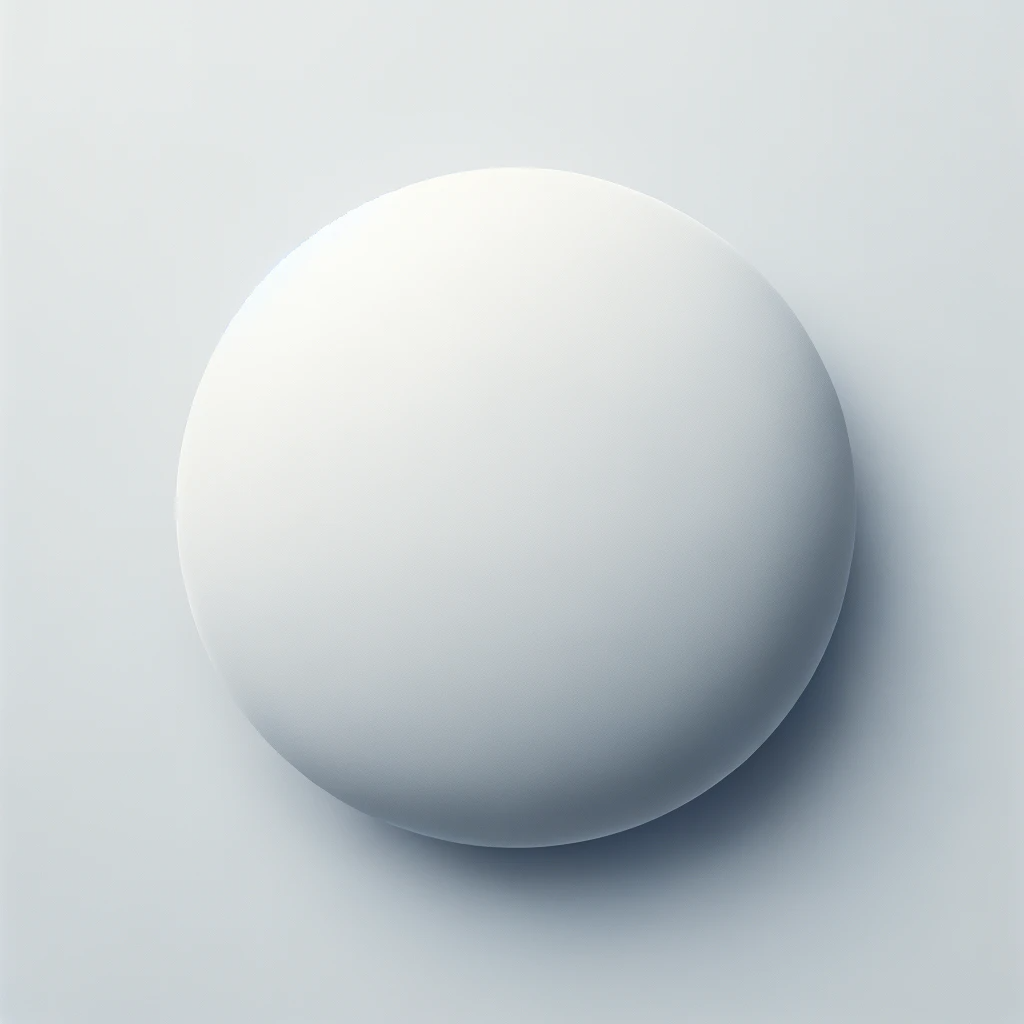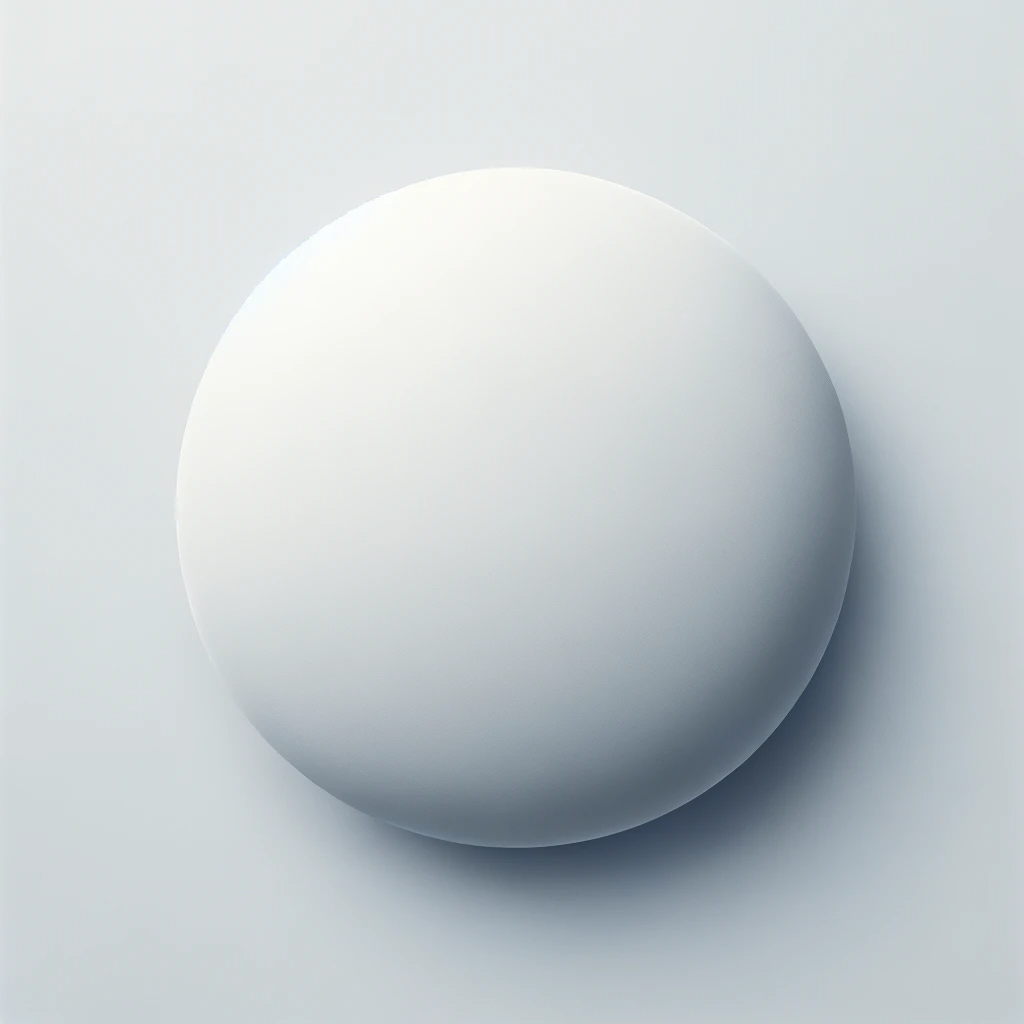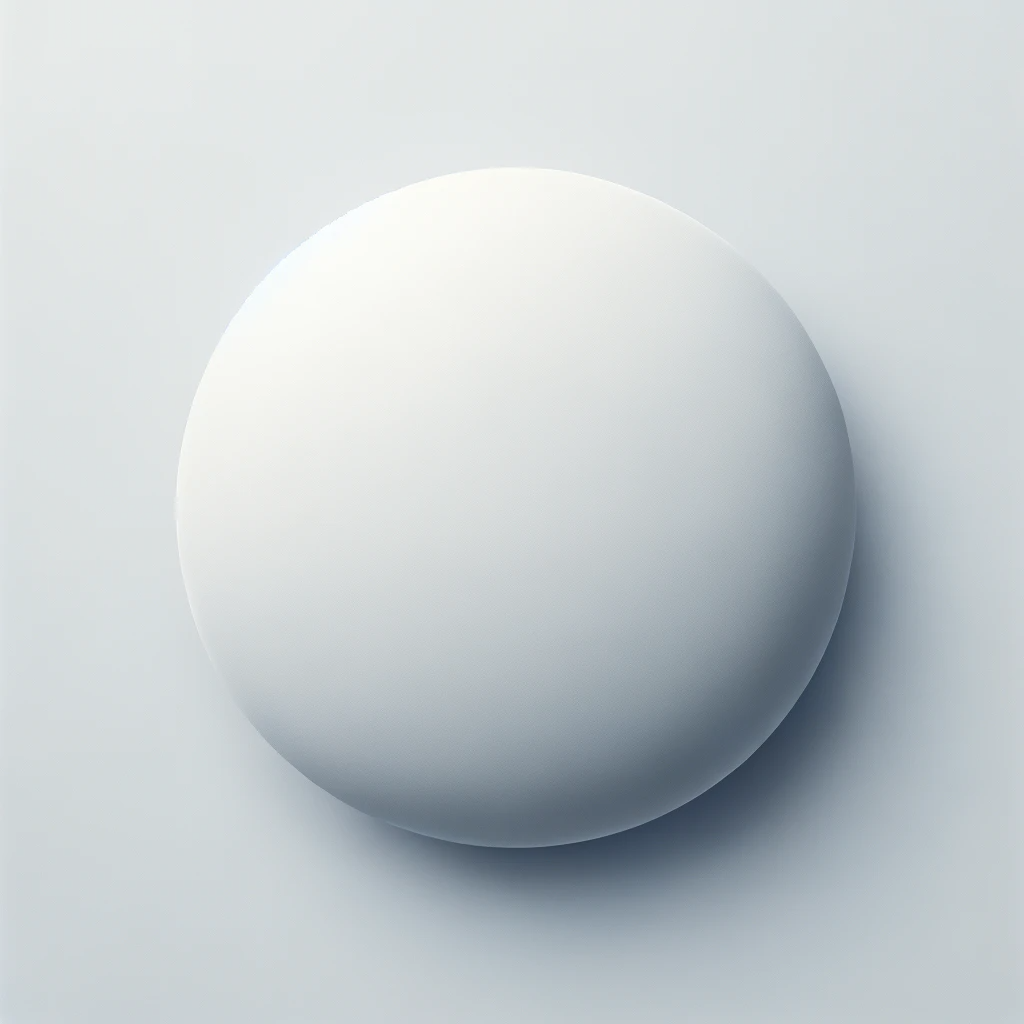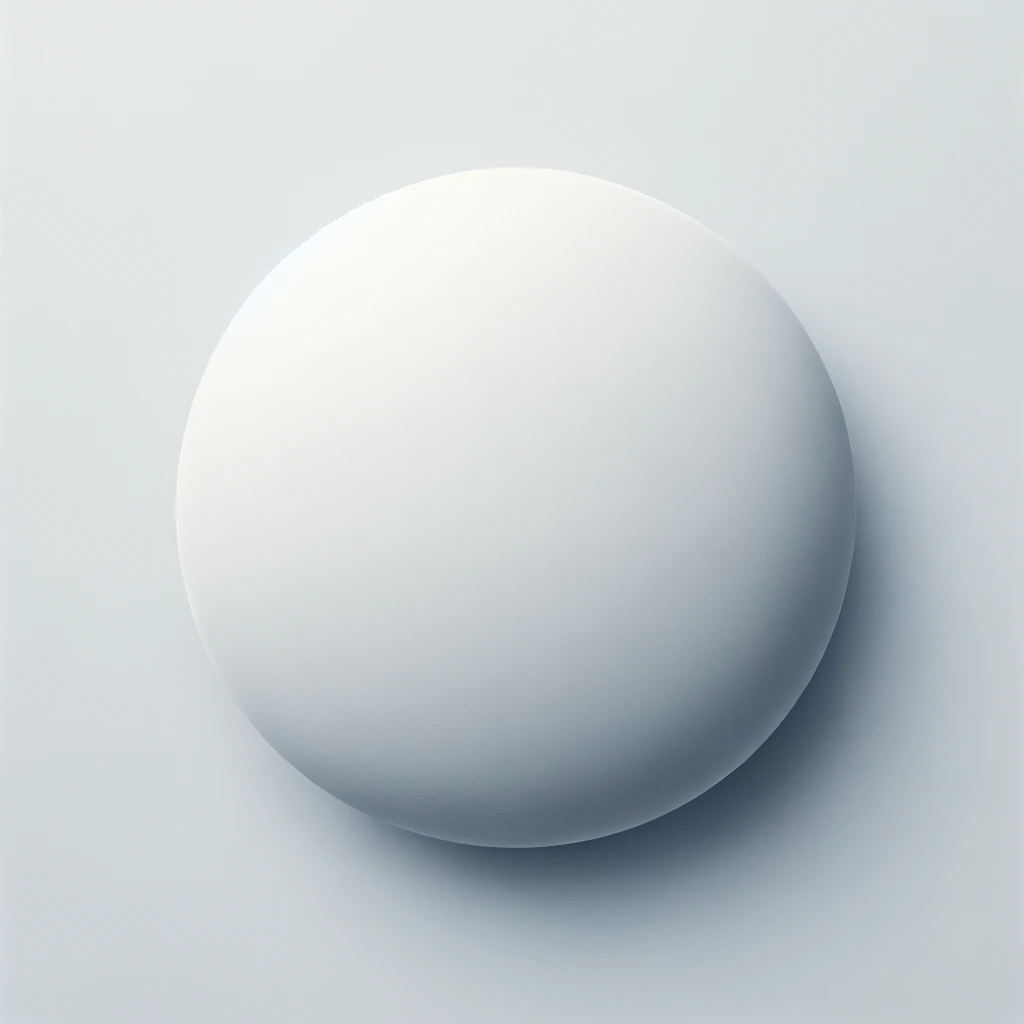How To First frost wisconsin: 8 Strategies That Work
Sep 18. Sep 21. Sep 23. Sep 25. Sep 27. Sep 30. Oct 4. Now that you know your frost dates, use our Garden Planting Calendar for Eau Claire, Wisconsin to know when to sow and transplant your various vegetable plants! You have a small 20% chance of getting 32° by October 6. There is a 50% chance of being hit by a 32° frost starting around October 19. You have a 80% chance of seeing 32° by October 31. Said another way, you have a 1 in 5 chance at making it to that day without a 32° night. In the Fall. Enter your location below and we will tell you when your average first frost and last frost dates are likely to happen. You can enter a zipcode or a location like City, State. The goal of frost seeding is to let freezing and thawing, along with spring rains, help seeds enter the soil surface. Frost seeding of legumes and grasses can help improve pasture yields or change forage species makeup within the pasture without complete renovation. The pros of frost seeding include: While frost seeding can be beneficial, less ...Want to know when to expect your last frost of the spring, or the first frost of the fall? Enter your zip code (or City, State) below and we'll tell you what we know. Our information is taken directly from the National Weather Service and depending on the location of the reporting station for your zip code, the results may vary. Popular Plants.You have a small 20% chance of getting 32° by September 29. There is a 50% chance of being hit by a 32° frost starting around October 6. You have a 80% chance of seeing 32° by October 12. Said another way, you have a 1 in 5 chance at making it to that day without a 32° night. In the Fall.You have a small 20% chance of getting 32° by September 14. There is a 50% chance of being hit by a 32° frost starting around September 23. You have a 80% chance of seeing 32° by October 1. Said another way, you have a 1 in 5 chance at making it to that day without a 32° night. In the Fall.You have a small 20% chance of getting 32° by October 1. There is a 50% chance of being hit by a 32° frost starting around October 10. You have a 80% chance of seeing 32° by October 20. Said another way, you have a 1 in 5 chance at making it to that day without a 32° night. In the Fall.As your growing season comes to an end, the nightly temperatures for Drummond, WI start to go down, and therefore every day that goes by increases the chance that you'll get frost. Your risk of frost really begins around Septemberr 3, and by October 1 you're almost certain to have received at least one frost event.A frost date is the average date of the last light freeze in spring or the first light freeze in fall. The classification of freeze temperatures is based on their effect on plants: Light freeze: 29° to 32°F (-1.7° to 0°C)—tender plants are killed. Moderate freeze: 25° to 28°F (-3.9° to -2.2°C)—widely destructive to most vegetation.By the end of the month, a large swath of the Great Basin, High Plains, Northern Plains and northern Great Lakes have seen their first freeze. Most of the Adirondacks and Catskills in New York ...A University of Wisconsin study compared frost seeding establishment of several cool-season grass species into older, established alfalfa stands (West and Undersander, 1997). In this two year trial, perennial ryegrass and orchardgrass exhibited the best establishment success, smooth bromegrass was intermediate in establishment, while reed ...First Fall Frost. Growing Season. MARINETTE, WI. 590'. May 10. Oct 5. 147 days. Last and first frost dates are 30% probability. Calculated using 1991-2020 Climate Normals from NOAA.Temperatures in the Wisconsin Dells area flirted with below-freezing air temperatures overnight Monday and resulted in the the first frost delay of the fall season Tuesday at Reedsburg Country Club. First frost of the season prompts Reedsburg CC to offer the cold, hard facts about frost delays | Courses | wisconsin.golfSep 19. Sep 22. Sep 24. Sep 26. Sep 28. Sep 30. Oct 3. Oct 6. Now that you know your frost dates, use our Garden Planting Calendar for Hartland, Wisconsin to know when to sow and transplant your various vegetable plants!You have a small 20% chance of getting 32° by September 20. There is a 50% chance of being hit by a 32° frost starting around September 28. You have a 80% chance of seeing 32° by October 5. Said another way, you have a 1 in 5 chance at making it to that day without a 32° night. In the Fall.The First Frost. Wen Yi Fan, a reporter, went to a bar called Jia Ban to meet with her best friend, Zhong Si Qiao. While she was at the bar, she met Sang Yan, a department manager and one of the owners of Jia Ban. He was Yi Fan's high school deskmate and the guy she once fell in love with. The two bump into each other, and as Yi Fan pretends ...A frost date is the average date of the last light freeze in spring or the first light freeze in fall. The classification of freeze temperatures is based on their effect on plants: Light freeze: 29° to 32°F (-1.7° to 0°C)—tender plants are killed. Moderate freeze: 25° to 28°F (-3.9° to -2.2°C)—widely destructive to most vegetation.A frost date is the average date of the last light freeze in spring or the first light freeze in fall. The classification of freeze temperatures is based on their effect on plants: Light freeze: 29° to 32°F (-1.7° to 0°C)—tender plants are killed. Moderate freeze: 25° to 28°F (-3.9° to -2.2°C)—widely destructive to most vegetation.There is a 50% chance of being hit by a 32° frost starting around September 22. You have a 80% chance of seeing 32° by September 29. Said another way, you have a 1 in 5 chance at making it to that day without a 32° night. In the Fall. Temperature.Date of First Frost. Analyzing our gridded temperature dataset, we can map the day of first frost,defined as the first day after July 1 where the minimum temperature is below 32 F. (See our day-of-year calendar .) The first …Your risk of frost really begins around September 30, and by October 31 you're almost certain to have received at least one frost event. The charts on this page show the …A frost date is the average date of the last light freeze in spring or the first light freeze in fall. Light freeze: 29° to 32°F (-1.7° to 0°C)—tender plants are killed. Moderate freeze: 25° to 28°F (-3.9° to -2.2°C)—widely destructive to most vegetation. Severe freeze: 24°F (-4.4°C) and colder—heavy damage to most garden plants.The Frost Collection was made available to the university by the UW-Eau Claire Foundation through Joan Christopherson Schmidt, the wife of the late Frederick Schmidt, a long-time friend of Frost and Wisconsin native. After his passing in 2005 at age 81, Joan Schmidt felt it was important for her husband's collection to remain intact and stay in ...Back To Map Wisconsin Extreme Frost Line Penetration (in inches) State Average Frost Depth: 65″ Source: U.S. Department of Commerce1. Access the National Gardening Association Calculator. Input your zip code or city location in the calculator to get your first and last frost dates. Your last frost date is the approximate day when your area will stop experiencing temperatures below 32°F in the spring.A frost date is the average date of the last light freeze in spring or the first light freeze in fall. The classification of freeze temperatures is based on their effect on plants: Light freeze: 29° to 32°F (-1.7° to 0°C)—tender plants are killed. Moderate freeze: 25° to 28°F (-3.9° to -2.2°C)—widely destructive to most vegetation.Once you know the anticipated first frost, you can plan to mow the grass a few times before that date. This is the best time to mow the lawn before winter. You should slowly mow the grass by reducing the blade height a little each time until the grass is about 2 inches. It's imperative to get in that last mow of the season, before you pack your ...Fall Gardening in Wisconsin. For Wisconsin growing zones 3, 4 and 5, fall gardening is a race against the cold. Likely, you'll want to plant short season fall crops during July or August, to ensure ample harvest time before the season's first frost hits. Cold hardy produce are the most viable fall crops for Wisconsin growing zones 3, 4 and 5.WalletHub selected 2023's best insurance agents in Wisconsin based on user reviews. Compare and find the best insurance agent of 2023. WalletHub makes it easy to find the best Insu...Wisconsin State Climatology Office. Weather and climate play a vital role in our state’s economy, agriculture, and recreation. As part of the Nelson Institute Center for Climatic Research, the Wisconsin State Climatology Office collects, analyzes, and shares climate information with our communities while leading the way in climate science ...Sep 16. Sep 19. Sep 21. Sep 24. Sep 26. Sep 29. Oct 3. Now that you know your frost dates, use our Garden Planting Calendar for Bayfield, WI to know when to sow and transplant your various vegetable plants!A frost date is the average date of the last light freeze in spring or the first light freeze in fall. The classification of freeze temperatures is based on their effect on plants: Light freeze: 29° to 32°F (-1.7° to 0°C)—tender plants are killed. Moderate freeze: 25° to 28°F (-3.9° to -2.2°C)—widely destructive to most vegetation.You have a small 20% chance of getting 32° by September 17. There is a 50% chance of being hit by a 32° frost starting around September 25. You have a 80% chance of seeing 32° by October 2. Said another way, you have a 1 in 5 chance at making it to that day without a 32° night. In the Fall.A frost date is the average date of the last light freeze in spring or the first light freeze in fall. The classification of freeze temperatures is based on their effect on plants: Light freeze: 29° to 32°F (-1.7° to 0°C)—tender plants are killed. Moderate freeze: 25° to 28°F (-3.9° to -2.2°C)—widely destructive to most vegetation.Frost and Freeze Information. Updated September 2022. Overview. Typically, frost can occur when the temperature falls below 36°F, especially in rural areas. It is a localized phenomena and can be quite variable across a small area. While the National Weather Service does not keep track of "frost" in observations per se, we do keep track of ...The first snowfall of the season can vary greatly from year to year. The earliest snowfall of the season has occurred as early as mid to late September across northern Wisconsin, and early to mid October across the Fox Valley and lakeshore region. The latest first snowfall of the season has occurred as late as mid December into early January in ...You have a small 20% chance of getting 32° by September 16. There is a 50% chance of being hit by a 32° frost starting around September 23. You have a 80% chance of seeing 32° by September 30. Said another way, you have a 1 in 5 chance at making it to that day without a 32° night. In the Fall.You have a small 20% chance of getting 32° by September 16. There is a 50% chance of being hit by a 32° frost starting around September 23. You have a 80% chance of seeing 32° by September 30. Said another way, you have a 1 in 5 chance at making it to that day without a 32° night. In the Fall.A frost date is the average date of the last light freeze in spring or the first light freeze in fall. The classification of freeze temperatures is based on their effect on plants: Light freeze: 29° to 32°F (-1.7° to 0°C)—tender plants are killed. Moderate freeze: 25° to 28°F (-3.9° to -2.2°C)—widely destructive to most vegetation. A frost date is the average date of the last light freeze in spring or the first light freeze in fall. Light freeze: 29° to 32°F (-1.7° to 0°C)—tender plants are killed. Moderate freeze: 25° to 28°F (-3.9° to -2.2°C)—widely destructive to most vegetation. Severe freeze: 24°F (-4.4°C) and colder—heavy damage to most garden plants. First Frost Dates were calculated using daily climate data from the period between 1991-2020. Related Pages List of Average First Frost Dates for Locations in WisconsinA frost date is the average date of the last light freeze in spring or the first light freeze in fall. The classification of freeze temperatures is based on their effect on plants: Light freeze: 29° to 32°F (-1.7° to 0°C)—tender plants are killed. Moderate freeze: 25° to 28°F (-3.9° to -2.2°C)—widely destructive to most vegetation.As your growing season comes to an end, the nightly temperatures for Oshkosh, Wisconsin start to go down, and therefore every day that goes by increases the chance that you'll get frost. Your risk of frost really begins around September 20, and by October 20 you're almost certain to have received at least one frost event.As your growing season comes to an end, the nightly temperatures for Sheboygan Falls, Wisconsin start to go down, and therefore every day that goes by increases the chance that you'll get frost. Your risk of frost really begins around October 3, and by October 31 you're almost certain to have received at least one frost event.If you’ve ever tried your hand at baking, you know that a delicious buttercream frosting can take your cakes, cupcakes, and cookies to the next level. But for beginners, the though...A frost date is the average date of the last light freeze in spring or the first light freeze in fall. The classification of freeze temperatures is based on their effect on plants: Light freeze: 29° to 32°F (-1.7° to 0°C)—tender plants are killed. Moderate freeze: 25° to 28°F (-3.9° to -2.2°C)—widely destructive to most vegetation.As your growing season comes to an end, the nightly temperatures for Wisconsin Dells, WI start to go down, and therefore every day that goes by increases the chance that you'll get frost. Your risk of frost really begins around September 20, and by October 11 you're almost certain to have received at least one frost event.You have a small 20% chance of getting 32° by September 30. There is a 50% chance of being hit by a 32° frost starting around October 8. You have a 80% chance of seeing 32° by October 15. Said another way, you have a 1 in 5 chance at making it to that day without a 32° night. In the Fall. A frost date is the average date of the last light freeze in spring or the first light freeze in fall. The classification of freeze temperatures is based on their effect on plants: Light freeze: 29° to 32°F (-1.7° to 0°C)—tender plants are killed. Moderate freeze: 25° to 28°F (-3.9° to -2.2°C)—widely destructive to most vegetation. Demographic Info for Pamela Frost. Statistics based on US Census data for all 7 people with this name. 60% are in their 60s, while the average age is 57. Our wealth data indicates income average is $95k. Our ethnicity data indicates the majority is Caucasian. 20% of these people are married, and 80% are single.A frost date is the average date of the last light freeze in spring or the first light freeze in fall. The classification of freeze temperatures is based on their effect on plants: Light freeze: 29° to 32°F (-1.7° to 0°C)—tender plants are killed. Moderate freeze: 25° to 28°F (-3.9° to -2.2°C)—widely destructive to most vegetation.In Milwaukee, the final day of frost tends to be around April 25 . Bear in mind, this isn’t a fail-safe date. It’s based on historical climate data from the National Oceanic and Atmospheric ...You have a small 20% chance of getting 32° by October 1. There is a 50% chance of being hit by a 32° frost starting around October 11. You have a 80% chance of seeing 32° by October 22. Said another way, you have a 1 in 5 chance at making it to that day without a 32° night. In the Fall. You have a small 20% chance of getting 32° byOct 2. Oct 4. Oct 7. Oct 9. Oct 12. Oct 15. Oc A frost date is the average date of the last light freeze in spring or the first light freeze in fall. The classification of freeze temperatures is based on their effect on plants: Light freeze: 29° to 32°F (-1.7° to 0°C)—tender plants are killed. Moderate freeze: 25° to 28°F (-3.9° to -2.2°C)—widely destructive to most vegetation. You have a small 20% chance of getting 32° by Wisconsin has 1,208 apple farms, according to the 2022 USDA Agriculture Census. Apple trees are a long term investment, Louis said. When orchards lose a crop due to spring frost, the amount of work and expense to care for the trees remains relatively the same, whether there was a profit or not.A frost date is the average date of the last light freeze in spring or the first light freeze in fall. The classification of freeze temperatures is based on their effect on plants: Light freeze: 29° to 32°F (-1.7° to 0°C)—tender plants are killed. Moderate freeze: 25° to 28°F (-3.9° to -2.2°C)—widely destructive to most vegetation. You have a small 20% chance of getting 32...
Continue Reading





